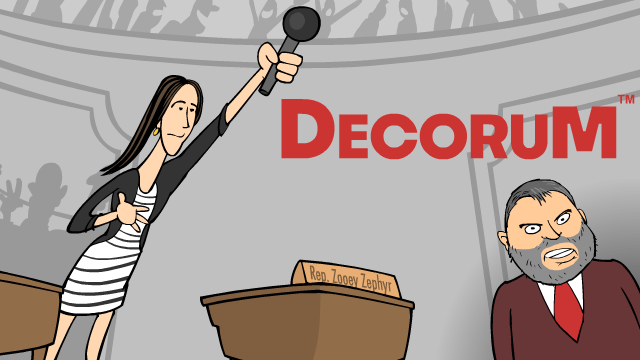Read Part One first here
In part two we compare our current general jural assembly organization with the first colonial era general assemblies. Remember, part of our authenticity stems from our historical roots and remaining true to the formula that freed us from British rule. Conflict in our assemblies sometimes arises from confusion over adherence to long recognized, historical, proper, lawful, assembly organization and function. What were our forefathers doing that we must continue to do now, and what were they doing that is no longer relevant or useful?
Colonial Era General Assemblies
When we look for records of assemblies during the colonial period, we find they are all legislative bodies, often with some judicial powers, authorized by the Crown to govern their respective territories according to the rule of England. They weren’t content to simply enact laws from England but began to formulate their own laws. In this regard, there’s quite a difference between historical assemblies and our current assemblies. In the past they were tools of the monarchy which broke away. In our case, from our inception, we are completely separate from the corporate government (monarchy) and in private jurisdiction … and for the time being, are not engaged in law making for our states.
General Assemblies evolved over time, but if we go back to the beginning, we find the Virginia House of Burgesses, established in 1619, was the first elected legislative assembly in the American colonies. It met as a single body and was made up of the Governor, Sir George Yeardley, his four councilors, and 22 burgesses chosen by the free, white male inhabitants of every town, corporation, and large plantation throughout the colony. Henceforth, settlers were able to participate in their own government and promote measures for the general good. See also: The First Parliament in America, 1619
Parliamentary Procedure
From the beginning, our General Assemblies used parliamentary procedure to ensure meetings were orderly, effective and also to discourage open hostile conflict. To learn more about parliamentary procedure, look it up in our Knowledgebase.
John Pory’s “A Reporte of the Manner of Proceeding in the General Assembly Convented at James City” from July 30, 1619, offers a detailed account of how this early assembly functioned. This document describes the opening procedures, including prayers and the reading of the assembly’s commission, as well as the intent to establish a uniform government across Virginia.
John Pory, secretary of the colony and a councilor, was appointed speaker of the assembly and from his pen has come “A Reporte of the Manner of proceeding in the general assembly convented at James City” in 1619. Pory, because of his knowledge of parliamentary rules and procedure, undoubtedly contributed a great deal to the success of the first assembly. He was a man of considerable experience having been a member of the English Parliament for several years before he came to Virginia.
General Assembly Officers
When we compare the early American general assembly officers with those required by our current state and county covenants and by-laws, there’s a big difference. One reason for that is the earliest assemblies were still under the Crown and therefore the officers follow British custom.
Governor Yeardley took his seat in his accustomed place in the church and the councilors sat beside him, some on the right, some on the left, excepting John Pory, who was named speaker and sat in front of the Governor. John Twine, clerk of the assembly, sat beside the speaker. The sergeant, Thomas Pierce, stood at the bar ready to carry out the orders of the body. All assembled in the “quire,” and Rev. Richard Buck, “A verie good preacher” and officiating minister, opened the meeting with prayer. The burgesses then withdrew into the church and on receiving the “oathe of Supremacy,” administered individually, entered the assembly. With this formality completed, the assembly began its deliberations.
John Pory’s “A Reporte of the Manner of Proceeding in the General Assembly Convented at James City“
So, we see that in the early days the governor sat in the assembly. Instead of a moderator it had a speaker. Who was the sergeant? A bailiff? What was the “oathe of Supremacy?” Was it taken before each assembly? The assembly also consisted of burgesses. Note also the sergeant stood at the bar. The bar? Like the bar in a courtroom which separates the attendees from the court officials? Like the bar in American Bar Association which refers to this courtroom bar?
Meeting Frequency & Decisions
The Virginia General Assembly, which included the House of Burgesses, met at least once a year to decide on local laws and taxation. This practice was based on the English tradition of landowners meeting with their leaders for consultation on local matters, a right that had been established since the Magna Carta in 1215.
We differ in that we meet more often, at least once a month and will not decide on laws/taxation until we get out of interim. Also , what was and remains important is that we always adjourn meetings by establishing the date of the next one.
In part three we will look at membership requirements, “special privilege”, use of an agenda and committees



